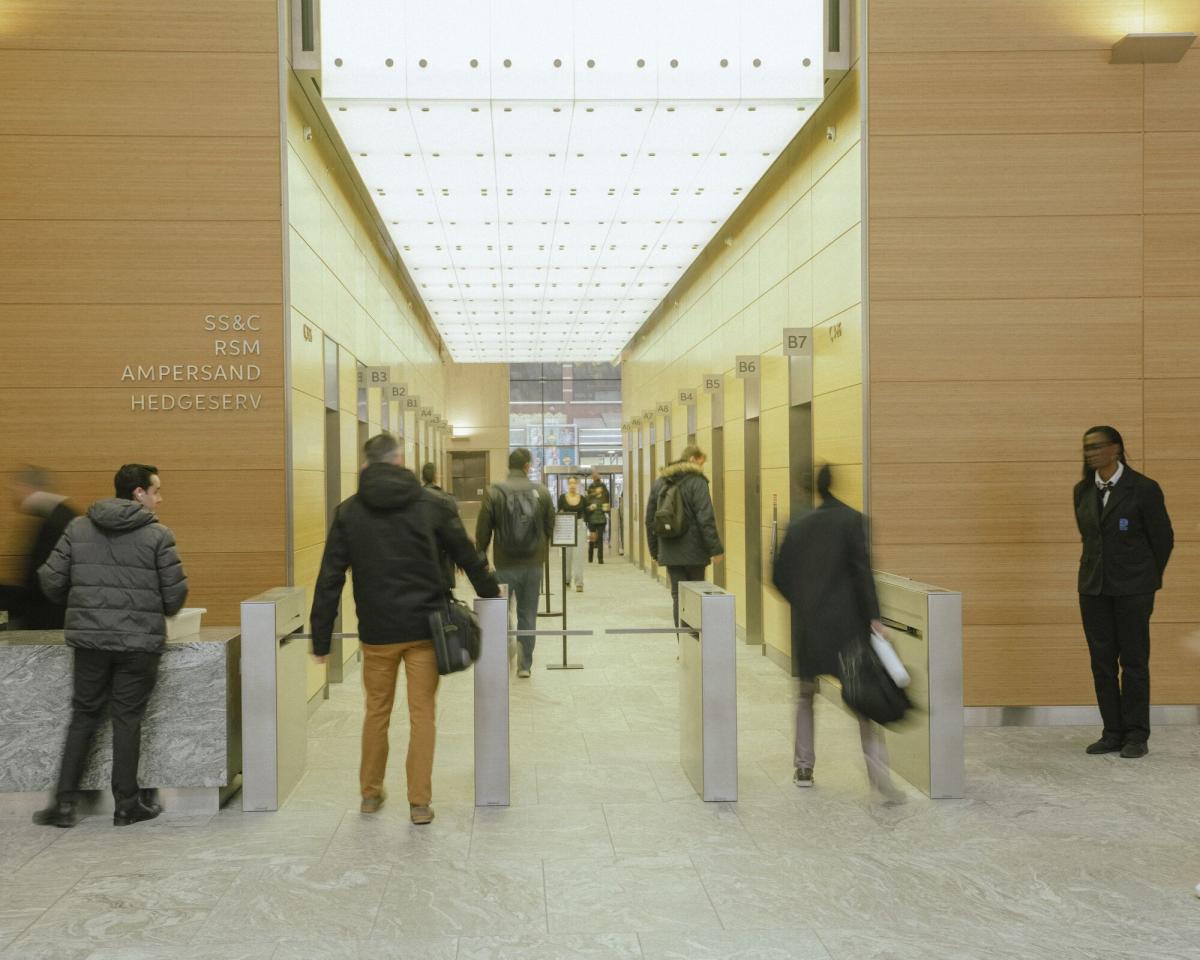The Bureau of Labor Statistics has revised down US job growth estimates by about 300,000 jobs, indicating weaker job growth than previously projected.
The U.S. Bureau of Labor Statistics has revised down its tally of total employment in March 2023 by 306,000, indicating that there were about 300,000 fewer job gains during April 2022 to March 2023 than initially estimated, which could impact the Federal Reserve's decision on interest rates.
Job creation in the US slowed in August, indicating that the strong economy could be starting to weaken under pressure from higher interest rates. Private employers added 177,000 jobs, well below the previous month's total of 371,000. Pay growth also slowed, suggesting more sustainable growth as the effects of the pandemic recede. Investors and economists remain uncertain about the future of US inflation and whether the economy can continue to grow without a significant slowdown.
Private payrolls rose by 177,000 in August, the smallest increase since March, driven by slower job growth in the leisure and hospitality categories, according to ADP data, suggesting a slight slowdown in the economy.
The US economy added 177,000 jobs in August, slightly below expectations, but indicating sustainable growth in pay and employment as the effects of the pandemic diminish.
U.S. job growth is slowing down but remains steady, with the unemployment rate settling at 3.5% in July and predictions that the August jobs report will show similar results, although concerns remain regarding potential slowdowns and negative growth.
Job creation in the American labor market is expected to slow down in August, with the addition of approximately 170,000 jobs, reflecting a mild cooling of employment growth and wage growth, as well as the impact of higher interest rates on hiring; the recent strikes in the film industry, although not a significant direct employer, are likely to have some impact on the jobs numbers, particularly those related to on-set production and support roles.
The August jobs report is expected to show steady job growth and a stable unemployment rate, suggesting that the current "Goldilocks" labor market could be sustained for a long time, but concerns remain about cooling economic growth, rising debt, and the risk of reaccelerating inflation.
The US added more jobs than expected in August, but the unemployment rate increased, while average hourly earnings and nonfarm payrolls growth were slightly below forecasts.
The US added 187,000 jobs in August, but the unemployment rate rose to 3.8 percent, indicating a plateau in the labor market as the Federal Reserve considers another interest rate hike.
The week has been driven by macroeconomic data, but the threat of economic contraction is not currently imminent, with the US Ten-Year Note yielding around 4.11% overnight and the US Dollar Index trading around 103.5; the Bureau of Labor Statistics will release its employment-related surveys for August today, with economists expecting non-farm job creation of around 170,000 and wage growth at 4.4% year over year.
The US job market added 187,000 jobs in July, returning to pre-pandemic levels and indicating a gradual cooling off of the labor market, with positive economic news and a steady unemployment rate of 3.5%.
The US job market remains resilient despite lower-than-expected job growth in July, with the unemployment rate dipping to 3.5% and more Americans entering the job market, easing pressure on employers to raise wages.
American workers are facing a decline in median annual household income due to high inflation, with 17 states experiencing a decrease while only five saw an increase, according to data from the Census Bureau. The labor market remains challenging, with wages rising but not enough to keep up with inflation.
